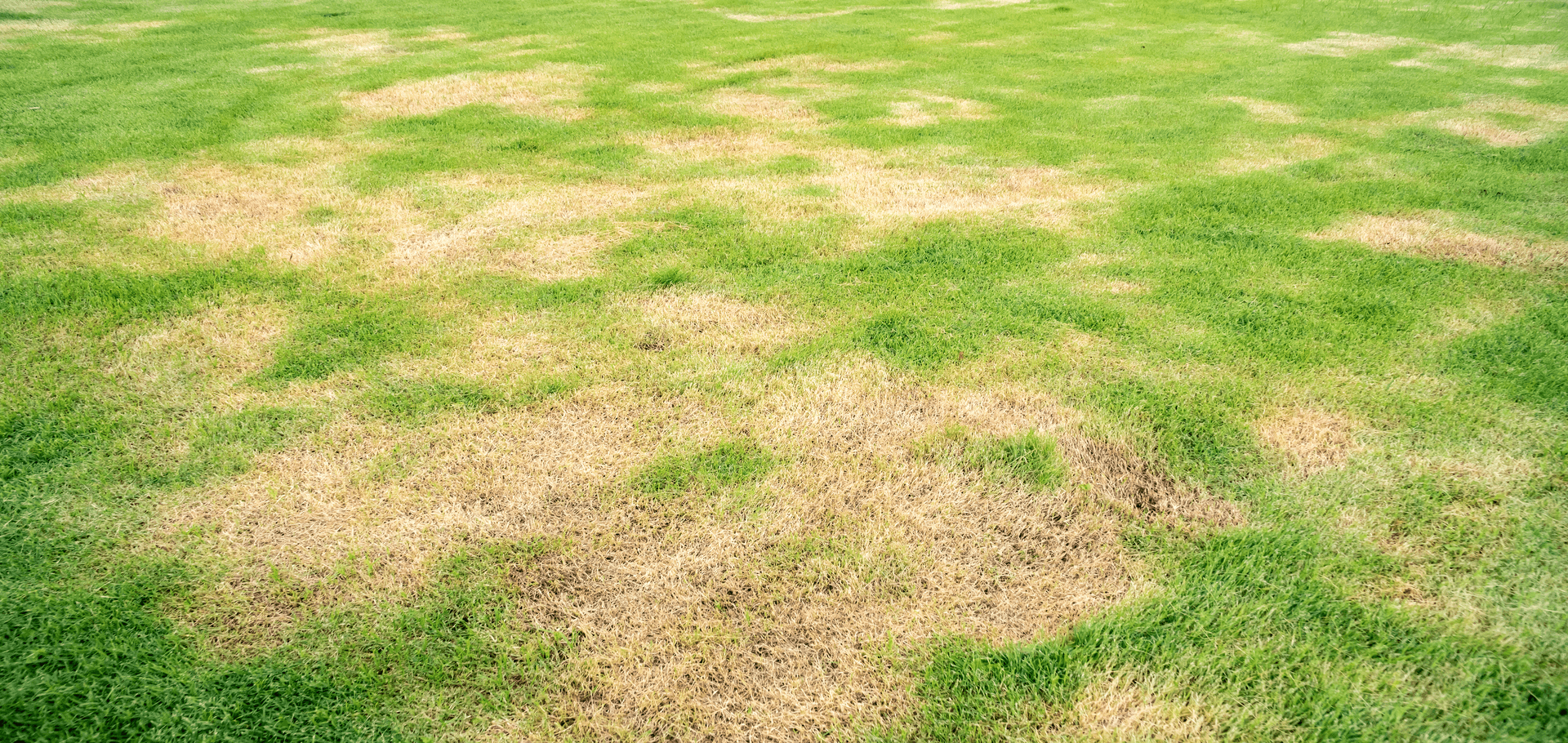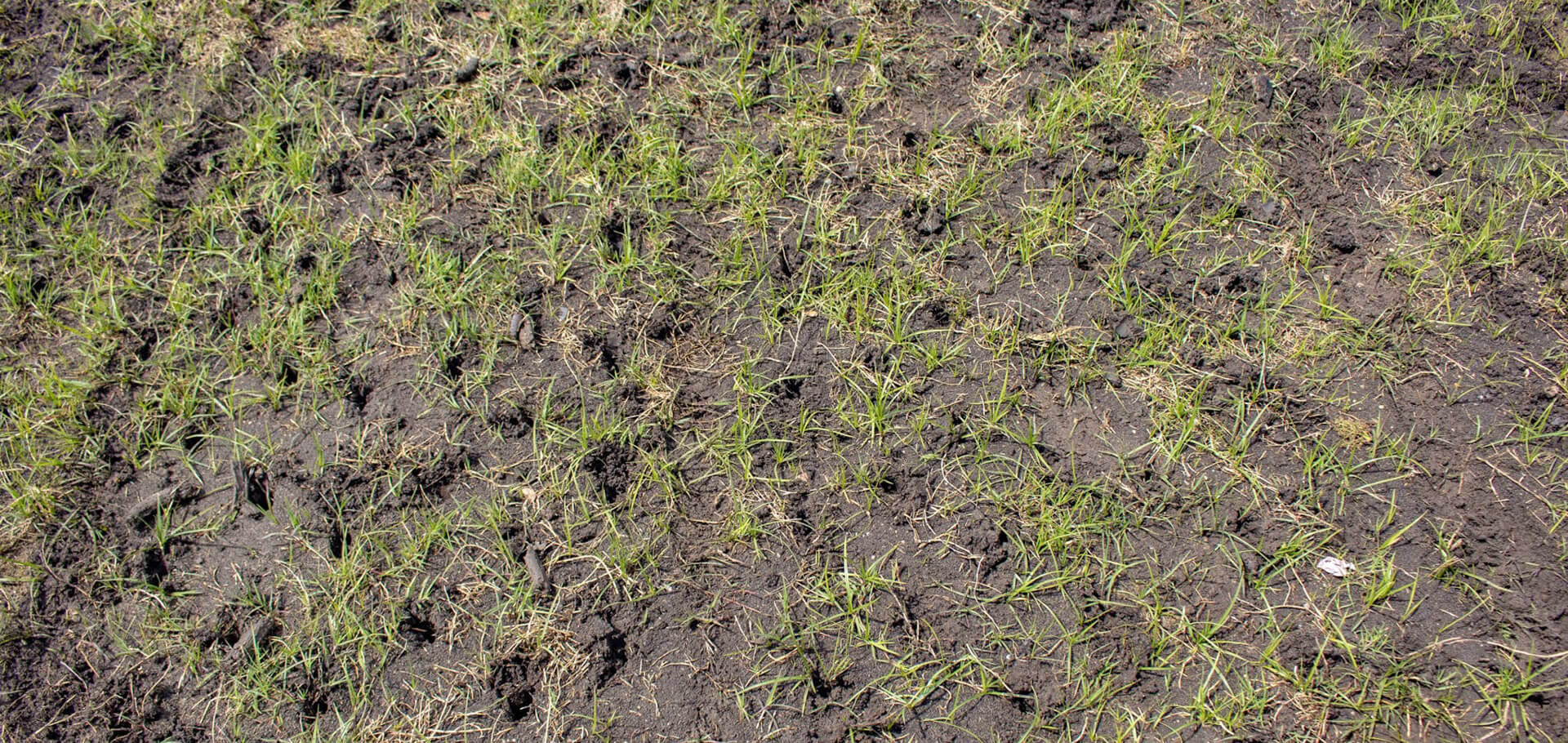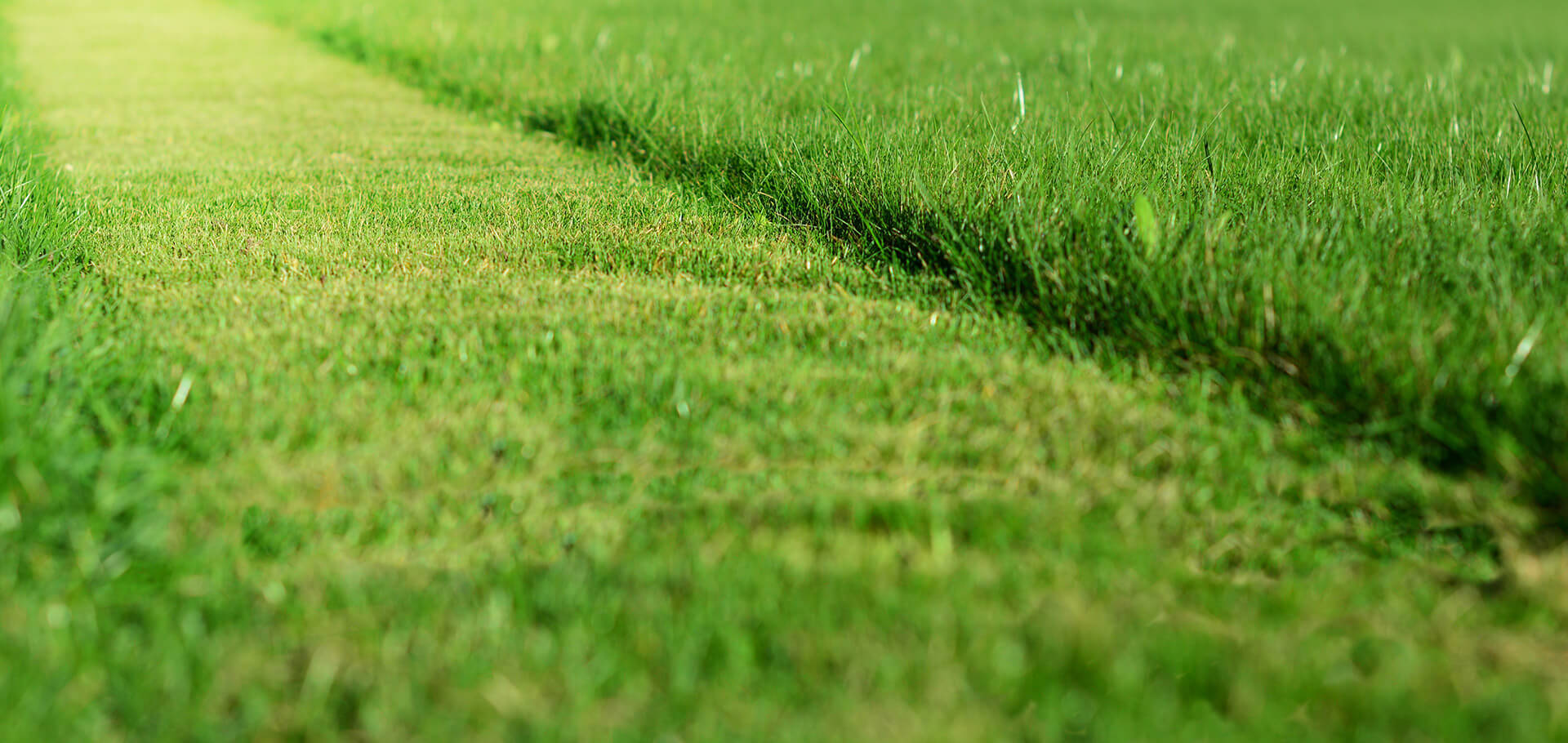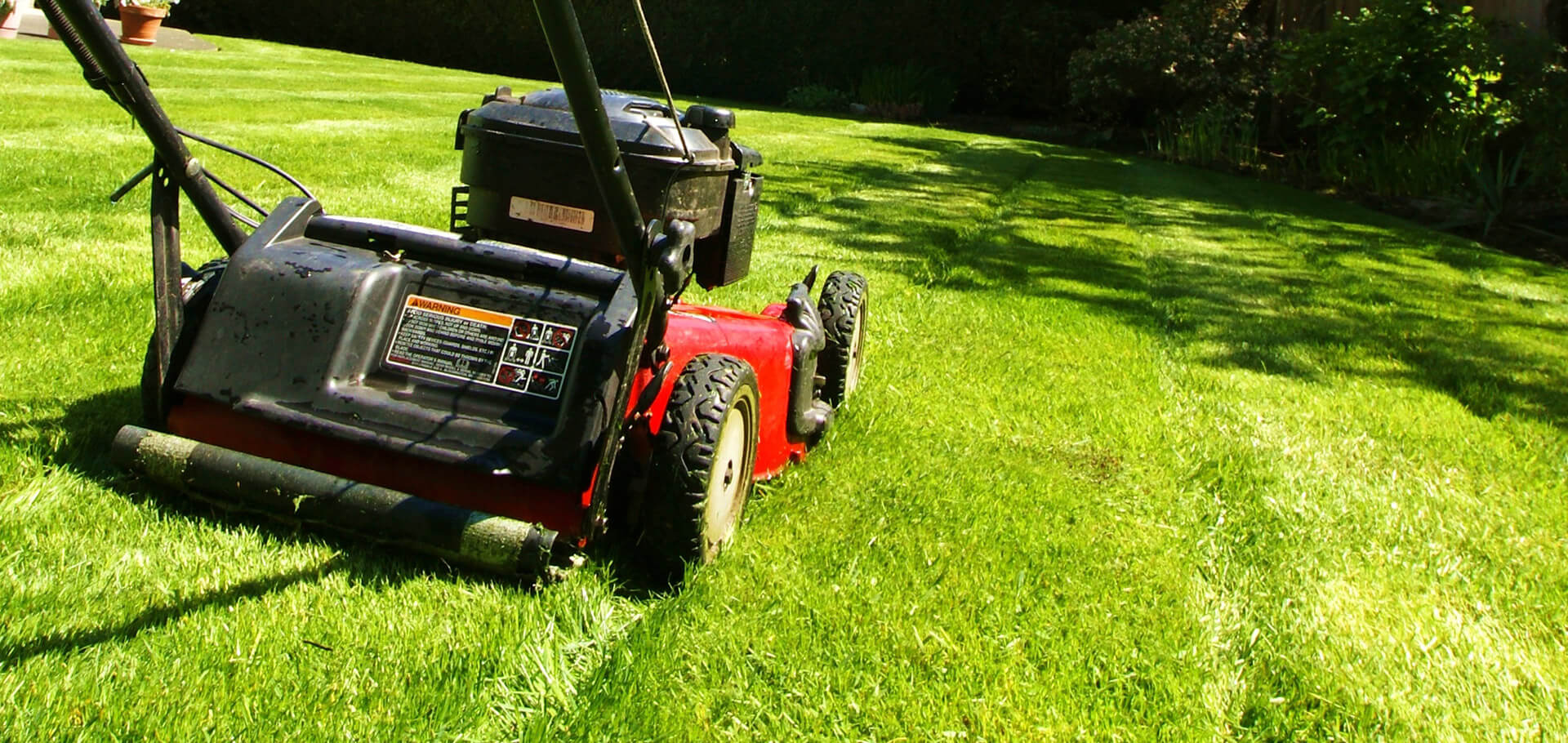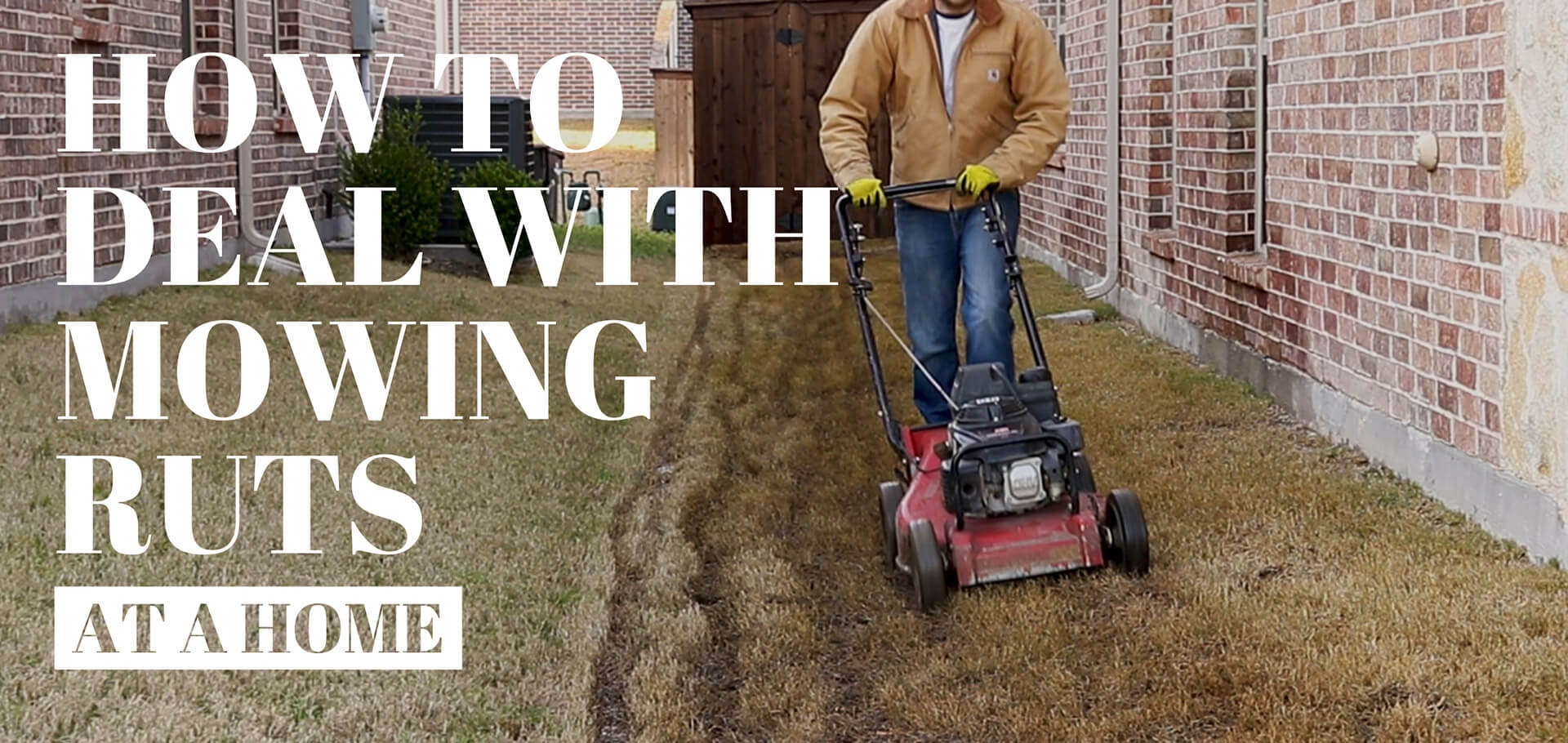OMG, It is hot in Texas!
With area temperatures consistently reaching 110° F, everyone is at risk of becoming a victim of a heat-related illness. Because your lawn is an organism, it too can become stressed from high temperatures. Unfortunately, it’s impossible to bring your yard into the air conditioning. So instead, we’ll need to do some things to minimize drought and lawn stress and to prevent losing all of the progress made this past spring.
How Heat And Drought Stress Impact Your Lawn

First things first, let’s remember that drought stress is a temporary condition. Like the human body, grass will enter a coma-like state (dormancy) to protect itself from injury or extreme stress. The grass turning a yellowish-brown color is the most common indicator of dormancy; grass that turns a grayish color is dead. The good news is that once its environment has stabilized, grass will awaken to grow healthy and strong again.
Secondly, be aware that watering does not protect your lawn against dormancy; however, it does keep your grass alive. The crown of your grass can survive up to 3 weeks without water. It only takes as little as .2” (two-tenths of an inch) of rainfall or irrigation to rehydrate and keep the crown alive. This means that if you’re watering your lawn with any frequency, it will stay alive even though it shows signs of stress.
How To Relieve Drought Stress
Here are a few key things you can do to help your lawn before or after heat stress.

Make sure you’re mowing your lawn at a higher setting. At this time of year, the higher cut encourages deeper root growth. The optimal height, for a lawn suffering from heat stress, is around 3 to 4 inches in height.
Give your yard about 1 inch of water each week. If you are using an irrigation system, space the watering over 2 to 4 cycles. Your grass will absorb more water this way. Slightly increasing your watering, being careful not to overwater, will help the grass, but do not be alarmed if the grass does not green up immediately. Refrain from overwatering the lawn as it can have a negative impact on the grass.
Finally, be patient. If you follow everything discussed here, your yard will recover in time.
In summary, if your lawn is showing signs of stress, it does not mean it is dead. The best thing you can do is to mow at a higher setting and water at set intervals. If you have any further questions or want a heat stress diagnosis, ask your lawn care specialist. Have a safe summer and remember to look after each other.
Further Reading: Late-Summer Lawn Watering Guidelines | Summer Lawn Stress | Irrigation Management For The Summer

